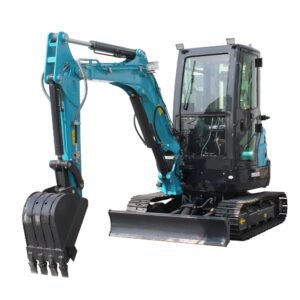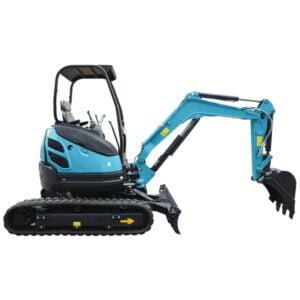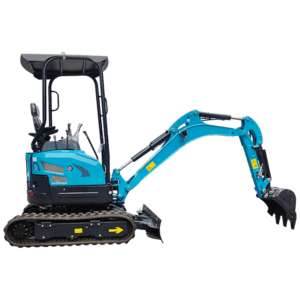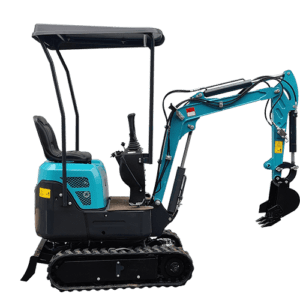Correo electrónico: [email protected] WhatsApp: 8618266768780
Velocidad de la excavadora: factores que afectan el rendimiento
¡Bienvenido a mi blog!
Antes de profundizar en el contenido, me encantaría que te unas a mí en mis plataformas de redes sociales, donde comparto más información, interactúo con la comunidad y publico actualizaciones. Puedes conectarte conmigo de la siguiente manera:
Facebook: https://www.facebook.com/profile.php?id=100072217509763
LinkedIn: https://www.linkedin.com/company/74949059/admin/dashboard/
YouTube:www.youtube.com/@tractormanufacturer-lc5qz,www.youtube.com/@excavatormanufacturers-sn9hk
TikTok: www.tiktok.com/@tractormanufacturer, www.tiktok.com/@excavatormanufacturers
Ahora, comencemos nuestro viaje juntos. Espero que el contenido que se incluye aquí te resulte interesante, interesante y valioso.
Introducción
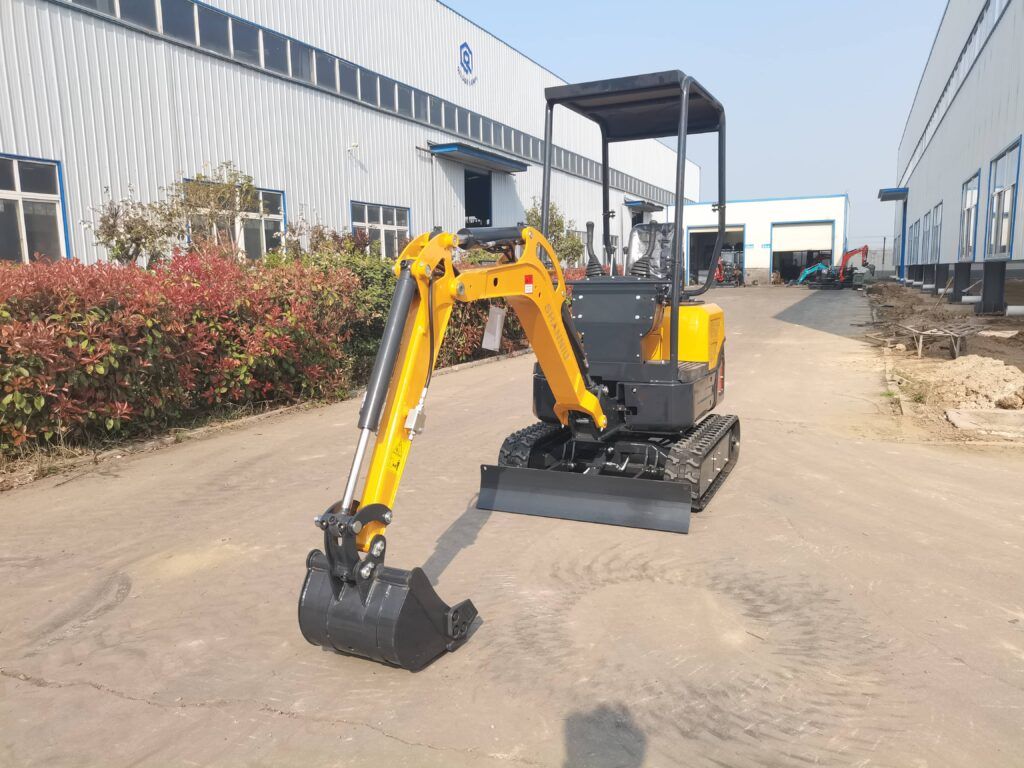
Comprender la velocidad de la excavadora
La velocidad de la excavadora es una métrica de rendimiento fundamental que afecta directamente a la productividad en las obras de construcción. Está influenciada por una compleja interacción de factores, entre ellos el diseño de la máquina, la habilidad del operador y los requisitos específicos del trabajo. En esta publicación del blog se analizarán en profundidad los elementos clave que contribuyen a la velocidad de una excavadora y se proporcionará información sobre cómo optimizar el rendimiento.
Factores que afectan Velocidad de la excavadora
Una multitud de factores que influyen en la velocidad de la excavadora
La velocidad a la que una excavadora puede realizar sus tareas es una compleja interacción de numerosos factores. Desde el diseño intrínseco de la máquina hasta las condiciones externas del lugar de trabajo, cada elemento contribuye al rendimiento general. Estos factores pueden clasificarse, a grandes rasgos, en elementos relacionados con la máquina, elementos relacionados con el operador y factores ambientales.
Descifrando los factores que influyen en la velocidad de las excavadoras
La velocidad de la excavadora, un indicador crítico para la productividad en la construcción, se ve influenciada por diversos factores interconectados. Estos factores se pueden clasificar en diseño de la máquina, condiciones operativas e influencias ambientales. Comprender estos factores es esencial para optimizar el rendimiento de la excavadora y maximizar la productividad en las obras de construcción.
Las múltiples variables que afectan el rendimiento de la excavadora
La velocidad de la excavadora no es un valor estático, sino una variable dinámica influenciada por numerosos factores. Estos factores se pueden agrupar en tres categorías principales: diseño de la máquina, habilidad del operador y condiciones del sitio. Al profundizar en estas categorías, podemos comprender mejor los elementos que contribuyen a la velocidad y la eficiencia de una excavadora.
Eficiencia del sistema hidráulico
Optimización de la eficiencia del sistema hidráulico para obtener el máximo rendimiento de la excavadora
El sistema hidráulico, elemento vital de una excavadora, desempeña un papel fundamental en el rendimiento general de la máquina. Su eficiencia se ve influenciada por una compleja interacción de factores, como el diseño de la bomba, la configuración de las válvulas y las propiedades del fluido. Un sistema hidráulico bien optimizado garantiza una pérdida mínima de energía, tiempos de respuesta rápidos y un control preciso de los movimientos de la excavadora.
El impacto de la eficiencia del sistema hidráulico en la velocidad de la excavadora
La eficiencia del sistema hidráulico de una excavadora determina directamente su velocidad de operación. Un sistema hidráulico con un diseño y mantenimiento óptimos minimizará las caídas de presión, reducirá las fugas internas y garantizará un flujo de fluido eficiente. Estos factores contribuyen directamente a ciclos más rápidos y una mayor productividad.
Profundizando en la eficiencia del sistema hidráulico
La eficiencia del sistema hidráulico es un factor crítico que influye en la velocidad de la excavadora. Factores como el desplazamiento de la bomba, el diseño del carrete de la válvula y la viscosidad del fluido afectan la capacidad del sistema para convertir la potencia hidráulica en trabajo mecánico. Optimizar estos factores puede generar mejoras significativas en el rendimiento de la excavadora.
Diseño del tren de aterrizaje
El papel crucial del diseño del tren de rodaje en el rendimiento de la excavadora
El tren de rodaje de una excavadora, a menudo pasado por alto, es un componente crucial que influye directamente en la estabilidad, la maniobrabilidad y el rendimiento general de la máquina. Factores como el tipo de oruga, la configuración de los rodillos y el perfil de contacto con el suelo influyen significativamente en la capacidad de la excavadora para desplazarse por diversos terrenos y soportar condiciones de trabajo exigentes.
Optimización del rendimiento de la excavadora mediante el diseño del tren de rodaje
El diseño del tren de rodaje es un aspecto multifacético de la ingeniería de excavadoras que influye significativamente en la velocidad, la estabilidad y la durabilidad de la máquina. Al considerar cuidadosamente factores como el ancho de vía, el espaciado entre rodillos y la presión sobre el suelo, los fabricantes pueden adaptar los trenes de rodaje a aplicaciones y condiciones de operación específicas.
Una inmersión profunda en el diseño del tren de aterrizaje
El tren de rodaje de una excavadora es más que una simple estructura de soporte; es un sistema perfectamente ajustado que permite que la máquina realice sus tareas con eficiencia. El diseño del tren de rodaje, incluyendo componentes como orugas, rodillos y ruedas dentadas, influye directamente en factores como la tracción, la distancia al suelo y el radio de giro.
Selección de herramientas de trabajo
Adaptación de las herramientas de trabajo a la tarea en cuestión
La elección de la herramienta de trabajo para una excavadora es una decisión crucial que afecta significativamente su productividad y eficiencia. Al seleccionar una herramienta, se deben considerar cuidadosamente factores como el material a excavar, el resultado deseado y el entorno de trabajo. Existe una amplia gama de accesorios disponibles, cada uno diseñado para optimizar el rendimiento en aplicaciones específicas.
El impacto de la selección de herramientas de trabajo en el rendimiento de la excavadora
La selección de la herramienta de trabajo es un aspecto fundamental en la operación de una excavadora. La herramienta adecuada puede mejorar drásticamente la productividad, reducir los costos operativos y optimizar la eficiencia general de la máquina. Desde cucharones hasta martillos, la elección del implemento depende de factores como el material a manipular, la fuerza requerida y el nivel de precisión deseado.
Elegir la herramienta adecuada para el trabajo
La diversidad de herramientas disponibles para excavadoras subraya la versatilidad de estas máquinas. Sin embargo, seleccionar la herramienta adecuada para cada tarea es esencial para un rendimiento óptimo. Factores como la densidad del material, la profundidad de excavación requerida y el acabado deseado influyen en la selección de la herramienta.
Habilidad del operador
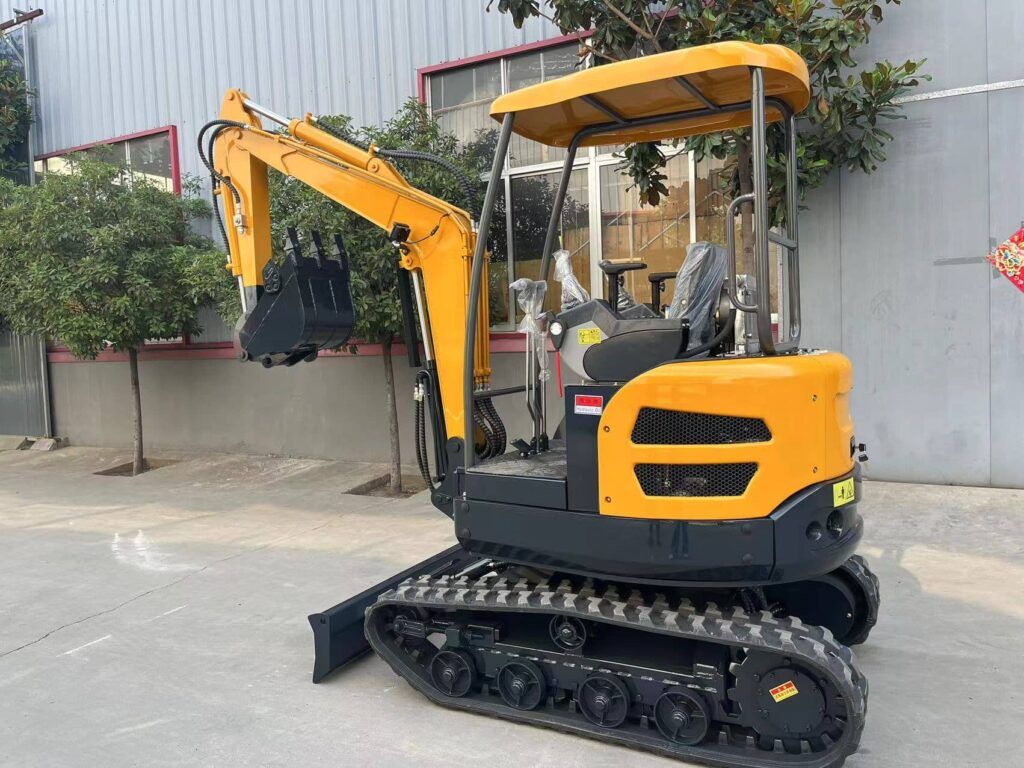
El factor humano: el impacto de la habilidad del operador
Si bien la máquina en sí desempeña un papel crucial en el rendimiento de la excavación, la habilidad y la experiencia del operador son igualmente importantes. Un operador experto puede maximizar el potencial incluso de la máquina más básica, mientras que un operador novato puede reducir rápidamente la eficiencia de una excavadora de alto rendimiento. Factores como la experiencia, la capacitación y la comprensión de los controles de la máquina contribuyen a la habilidad del operador.
Más allá de la máquina: la importancia de la competencia del operador
El operador es la interfaz entre la máquina y la tarea en cuestión. Su nivel de habilidad influye directamente en la productividad, la seguridad y la eficiencia general de la excavadora. Factores como el conocimiento de los controles de la máquina, la comprensión de las condiciones del terreno y la capacidad para planificar secuencias de trabajo contribuyen a la competencia del operador.
El elemento humano en la excavación
El factor humano es un componente fundamental en la operación de una excavadora. Un operador experto puede realizar ajustes sutiles en los controles de la máquina que pueden mejorar significativamente el rendimiento. Factores como la coordinación ojo-mano, la percepción espacial y la capacidad para resolver problemas contribuyen a la destreza del operador.
Mejorando Velocidad de la excavadora
- Mantenimiento regular: Una excavadora bien mantenida funcionará de manera más eficiente y confiable.
- Calidad del fluido hidráulico: El uso de fluido hidráulico de alta calidad y el cumplimiento de los intervalos de servicio recomendados pueden prevenir problemas de rendimiento.
- Capacitación del operador: Brindar capacitación periódica a los operadores puede mejorar sus habilidades y seguridad.
- Emparejamiento de la máquina con la tarea: Seleccionar la excavadora adecuada para el trabajo es crucial. Las máquinas demasiado grandes o demasiado pequeñas pueden reducir la productividad.
Conclusión
La velocidad de la excavadora es un tema complejo, influenciado por numerosas variables. Al comprender los factores que afectan la velocidad e implementar estrategias para optimizar el rendimiento, los contratistas pueden mejorar la productividad y reducir costos. El mantenimiento regular, la capacitación de los operadores y la selección adecuada de la máquina son esenciales para maximizar la eficiencia de la excavadora.
Preguntas más frecuentes
- ¿Cuál es el más rápido? excavador ¿en el mundo?
No hay una respuesta definitiva a esta pregunta, ya que la velocidad puede variar según la tarea y las condiciones específicas. Sin embargo, algunas excavadoras de alto rendimiento están diseñadas para ofrecer velocidad y eficiencia. - ¿Cómo puedo aumentar la velocidad de mi excavadora?
Varios factores pueden afectar la velocidad de la excavadora, como la potencia del motor, la eficiencia del sistema hidráulico y la habilidad del operador. Para aumentar la velocidad, considere actualizar el motor, optimizar el sistema hidráulico y brindar capacitación adicional a los operadores. - ¿Cuál es la diferencia entre la velocidad de excavación y la velocidad de desplazamiento?
La velocidad de excavación se refiere a la velocidad a la que una excavadora puede cavar y cargar material, mientras que la velocidad de desplazamiento se refiere a la velocidad a la que la excavadora puede moverse de un lugar a otro.
Sobre nosotros
Shandong Qilu Industrial Co., Ltd. es un fabricante y exportador profesional que integra el desarrollo y la producción de excavadoras, cargadoras y tractores. Brindamos el mejor servicio, absolutamente.
Mensajes recientes
demostración de vídeo
-1.png)
¡Póngase en contacto con nosotros hoy!
¿Alguna pregunta, cotización o consulta? Haga clic en el botón para enviar el mensaje.
Qilu Industrial siempre estará aquí para ayudar.

